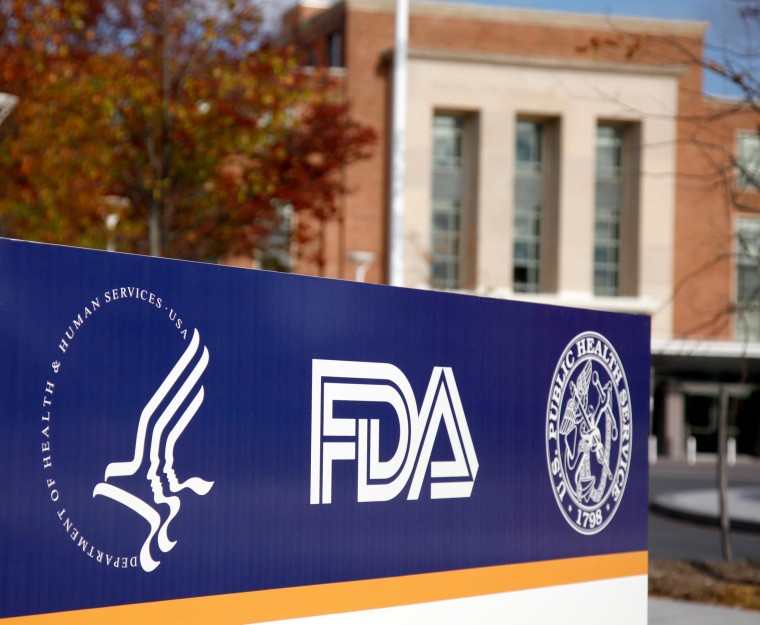The Food and Drug Administration (FDA or the Agency), the US regulating authority in the sphere of healthcare products, has published draft guidance providing additional details regarding eSubmissions. The document is intended to assist medical device manufacturers and other parties interested in placing medical devices on the US market in complying with the applicable regulatory requirements. The guidance provides a brief overview of the development of the framework and special pathways intended to facilitate the use of the electronic format.

Table of Contents
As mentioned, US guidance documents are non-binding in their nature. Hence, the provisions contained therein should not be construed as the rules to be followed but rather as recommendations to be taken into consideration in order to achieve and sustain compliance with the current legislation.
The draft guidance also contains references to the applicable FDA-recognized voluntary consensus standards the manufacturers may use in order to demonstrate compliance.
Electronic Submission Template: Structure, Format, and Use
According to the guidance, the only template the parties interested in placing their products on the market could use nowadays is the one introduced under the eSTAR framework. In particular, it is stated that eSTAR consists of a collection of questions, text, logic, and prompts within a template that guides a user through construction of a “complete” 510(k) submission. As explained by the FDA, the template is designed in a way that ensures the applicant would provide the exact information needed. Moreover, the template also contains links to the applicable legislation, as well as guidance documents published by the FDA to provide additional clarifications and recommendations. The authority also mentions that the structure of the eSTAR submission is quite close to the template used by the authority itself when reviewing applications – such an approach facilitates the review and makes all the regulatory processes much more efficient.
It is also important to mention that the eSTAR template itself already has the appropriate structure, so the refuse to accept (RTA) process should not be applied since it is presumed the structure of the eSubmission would be correct by default, and all necessary information would be provided. At the same time, the authority applies technical screening intended to verify whether the submission describes the medical device in question in an accurate way and all necessary attachments are in place. Under the general rule, technical screening takes up to 15 days from the date the authority receives the initial submission. However, the technical screening will commence only provided the applicant has duly paid the application fee. Should an incomplete eSTAR be submitted, it would be placed on hold, and the applicant would have to replace it with a final updated version within 180 days. Otherwise, the application would be considered withdrawn.
The draft guidance further describes in detail the structure of the applicable 510(k) Electronic Submission Template. According to the guidance, the template contains the following sections:
- Submission type. This section should provide the most important information necessary for the authority to commence the review.
- Cover Letter.
- Submitter Information – a section containing information about the applicant
- Pre-Submission Correspondence & Previous Regulatory Interaction – in this section, the applicant should provide information about all prior submissions related to the medical device in question, as well as all regulatory history related thereto.
- Consensus Standards – the references to the applicable consensus stands (both ones recognized by the FDA and the ones that are didn’t),
- Device Description. This section should provide comprehensive information about the medical device in question, including the details about its design and technological characteristics. The authority mentions that this section should also contain a description of the principle of operation for achieving the intended effect and the proposed conditions of use, such as surgical technique for implants; anatomical location of use; user interface; how the device interacts with other devices; and/or how the device interacts with the patient. Additionally, this section should contain information about any accessories the device should be used with. In case there are device-specific guidance documents applicable to the device, they should be indicated in this section as well.
- Proposed Indications for Use – a description of situations in which the device should be used.
- Classification- an indication of the appropriate class of the device accompanied by the reference to the appropriate regulation.
- Predicates and Substantial Equivalence. This section should contain a reference to a predicate device – a similar medical device already placed on the market, to which the manufacturer of a medical device in question refers in order to demonstrate conformity to the applicable regulatory requirements in terms of safety and effectiveness. In particular, the authority states the applicant should provide a comparison outlining the main differences between two devices and describing the impact caused by these differences.
- Design/Special Controls, Risks to Health, and Mitigation Measures. This section is relevant only in the case of Special 510(k) submission only.
- Labeling – the applicant should provide information about the labeling in order for the FDA to be able to assess whether it complies with the applicable regulatory requirements.
- Reprocessing – the document refers to the appropriate guidance document published earlier by the FDA,
- Sterility – in this section, the applicant should provide information about the sterilization processes, as well as the validation methods employed.
- Shelf Life.
- Biocompatibility.
- Software/Firmware.
- Cybersecurity/Interoperability.
- Electromagnetic Compatibility (EMC), Electrical, Mechanical, Wireless, and Thermal Safety.
- Performance Testing (Bench/Animal/Clinical).
- References.
- Administrative Documentation.

Waivers, Exemptions, and Timing
Apart from the general information described above, the document also contains additional details regarding specific aspects to be considered. In particular, the Agency mentions that once the new framework is finalized, electronic submissions for all 510(k) submissions and subsequent submissions to an original submission, including amendments (amendments include add-to-files and appeals) and supplements are required to be submitted as electronic submissions. Moreover, a submission filed in a format other than eSsubmission would not be considered as duly filed unless it is subject to the appropriate exemption. However, as of today, there are no situations when a waiver or exemption could be applied. The new approach will be implemented in accordance with the appropriate timetable allowing medical device manufacturers and other parties involved to achieve compliance with the new requirements. According to the guidance, a transition period of one year will be announced by the FDA later. At the moment, the applicant should save the electronic form and submit it to the FDA separately, even if the eSTAR pathway is followed.
In summary, the present FDA draft guidance describes in detail the structure of the electronic submission template and provides additional clarifications regarding the information to be included therein. The document highlights the most important aspects to be considered in order to ensure the completeness of the submission filed.
Sources:
How Can RegDesk Help?
RegDesk is a next-generation web-based software for medical device and IVD companies. Our cutting-edge platform uses machine learning to provide regulatory intelligence, application preparation, submission, and approvals management globally. Our clients also have access to our network of over 4000 compliance experts worldwide to obtain verification on critical questions. Applications that normally take 6 months to prepare can now be prepared within 6 days using RegDesk Dash(TM). Global expansion has never been this simple.


